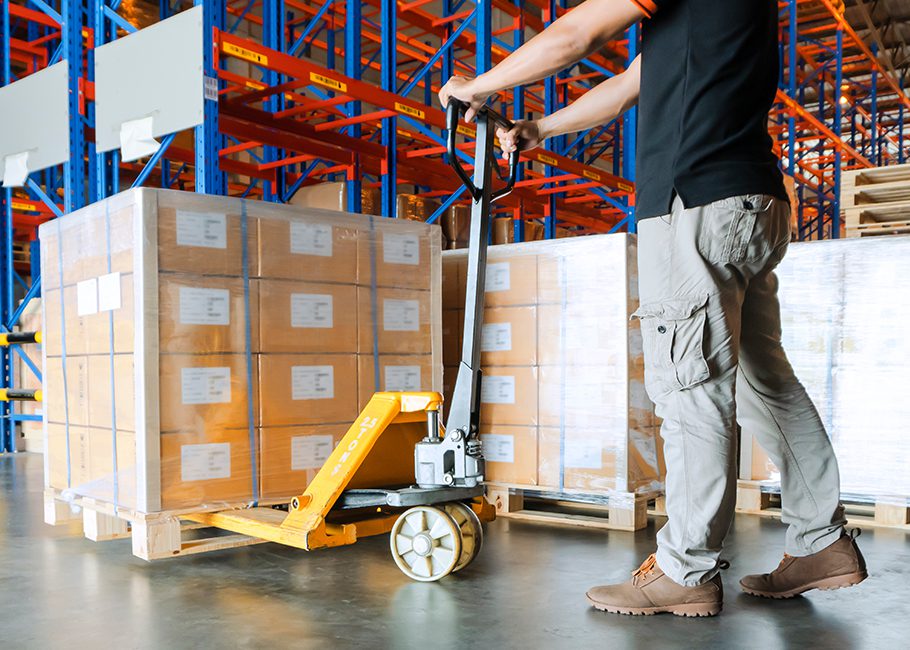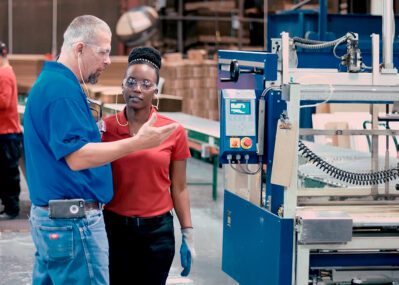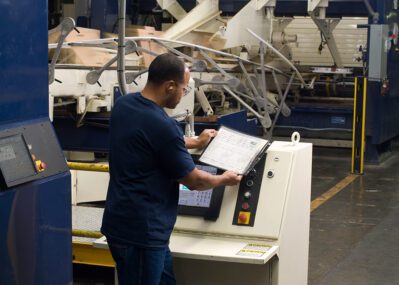
What’s eating into your product transport costs? It could be those invisible monsters that go by the names of product damage, rejected goods and unnecessary surcharges due to poor unitization of products.
Ensuring safe and efficient product transport is a high priority for manufacturers shipping goods to retail warehouses. Smart manufacturers know that the more effort there is on the front end, the less damage, waste and lost sales there are on the back end.
The good news: You don’t have to figure out the complex ins and outs of load unitization through trial and error. Instead, partner with Packaging Corporation of America (PCA) to help you navigate every step of the process, which includes:
- Package design
- Case packing
- Palletization
- Containerization
- Complying with retailer unitization requirements
Selecting a partner with years of experience in product transport is a smart investment. It ensures your goods get through the distribution process and into your consumer’s hands as quickly and efficiently as possible.
Why Load Unitization Matters
Load unitization is crucial to the safe, efficient delivery of goods throughout the distribution cycle. Two things must be present to properly handle your product load:
- Goods must be packed and stacked properly.
- Goods must be easy to move through the system.
The only way to efficiently transport multiple units of product is by grouping packages together. Two common ways to move bulk goods are on pallets and in industrial containers. As a manufacturer, you can select the method that works best for your products and partners.
Palletization — This is the most common method to ship U.S. goods, grouping corrugated case-packed products onto a pallet. Palletization has been around since World War I to deliver supplies to the troops quickly and efficiently. The Grocery Manufacturers Association (GMA) sets the standard for pallet sizing, with 48″ x 40″ being the most common size. It’s often called the “GMA pallet.”
Containerization — Shipping containers are filled at the origin of manufacturing. Products are packed into shipping containers that are made of wood, plastic or metal.
Care must be taken when packing and stacking products for transport. It is an important step in streamlining logistics and improving efficiency within the supply chain.
Five Ways to Help Reduce Damage to Loads
Unitization is an important cost-cutting measure. If you do it properly for secure product transport, you reduce the costs of damaged goods. Do it wrong, and manufacturer costs can balloon beyond damaged merchandise. Goods could be rejected at the destination and result in costly pallet rework.
Consider each of these carefully to trim your product transport costs:
- Overhang — Think of your pallet as the bottom of an invisible cube. All your product should fit into that cube. Anything that extends beyond the walls is considered overhang and could expose products to damage as the pallets are moved. Additionally, when boxes are arranged on a pallet with overhang even as little as ½ inch, up to 30 percent of their strength is lost. Some retailers have a “no-touch” policy for handling palletized goods. Tolerances are tight, with recommended pallet unitization falling within ½ inch of the pallet’s overall dimensions edge to edge and top to bottom.
- Underhang — This is the opposite of overhang. When too much excess space exists within the footprint of a pallet, goods are likely to migrate on the pallet leading to unbalanced loads. While typically not an issue during normal handling or racking, unbalanced loads may be a safety concern when stacked, given the uneven loading on the bottom supporting unit load. Similarly, when stacked, it’s best to have the outermost bottom deckboards of the top pallet supported by the product below, and severe underhang leaves much of the top pallet unsupported and unstable. When adding layers to a pallet, it’s best to keep the corners of the boxes aligned vertically in a columnar fashion for optimal strength. And when stability is of concern, utilize a hybrid stacking pattern. If the palletization pattern leaves large voids between boxes, the use of filler material between packages will aid in load stability.
- Stack to standardized heights — Package configuration and dimensions may dictate how high corrugated containers should be stacked on a pallet. If not, ask your manufacturer. Typically, products shouldn’t be stacked more than four to five feet high. Retailers set very specific limits, and when those are exceeded, shipments are rejected.
- Stabilize loads — Wrapping palletized goods with stretch wrap keeps them in place and provides strength for maximum stabilization and product protection. Too little or too much wrap on an improperly stacked load will result in rejection at the final destination. For additional stabilization and protection, corner boards and tier sheets may be used. Corner boards help to reduce damages that could occur during loading and unloading or movement within a warehouse. Tier sheets provide maximum stabilization between layers of the products on the pallet and help to protect against contamination between stacked tiers.
- Pallet condition must be considered — Don’t overlook the pallet itself. Each pallet should be inspected before loading. Using damaged pallets in poor condition could result in box failure, product shifting, equipment damage and even rejection at the point of arrival.
Fortunately, costs associated with product transportation are easily trackable. As your team pays closer attention to delivering proper product loads, you will begin to claim your share of the billions lost each year to product damage, rejected goods and unnecessary surcharges. Consult with PCA to assist with your unitization practices and see what steps can be taken to reduce costs and improve overall operations.
Contact PCA for Product Handling Expertise. PCA has the solutions to meet your unitization and product transport needs. Fill out the contact form below to find out how.


